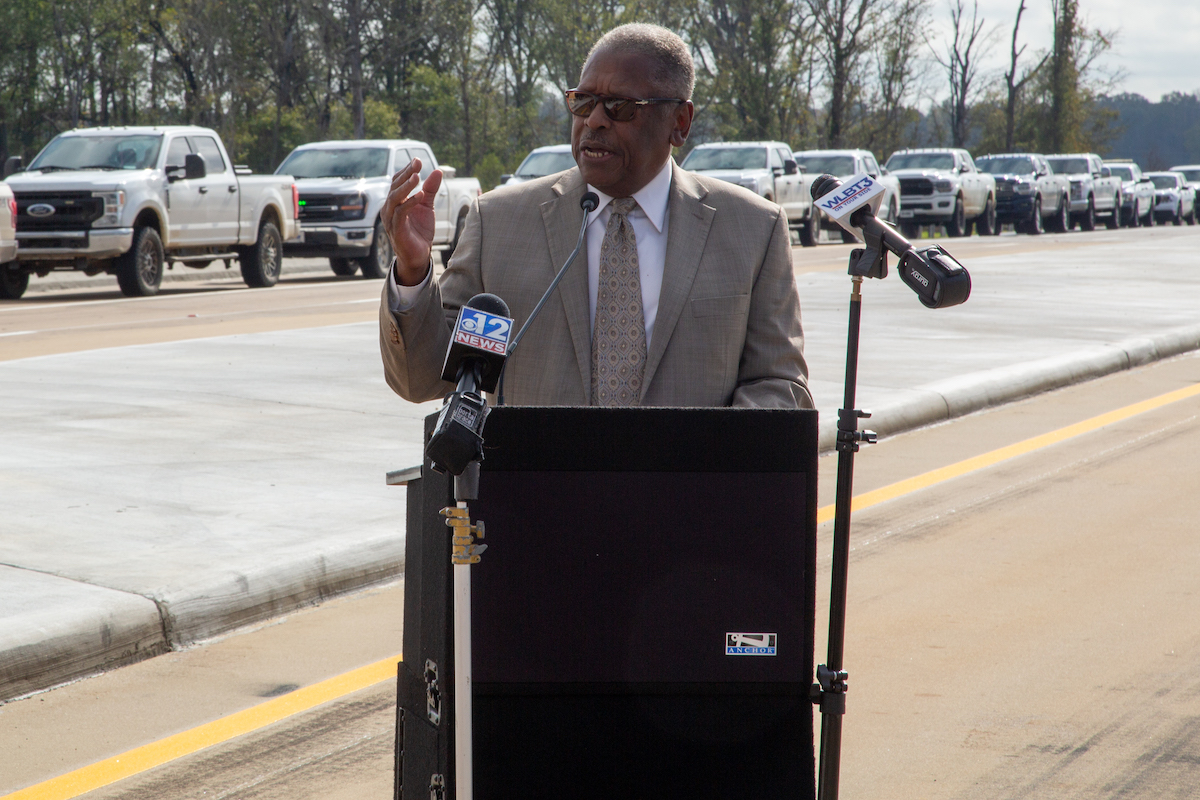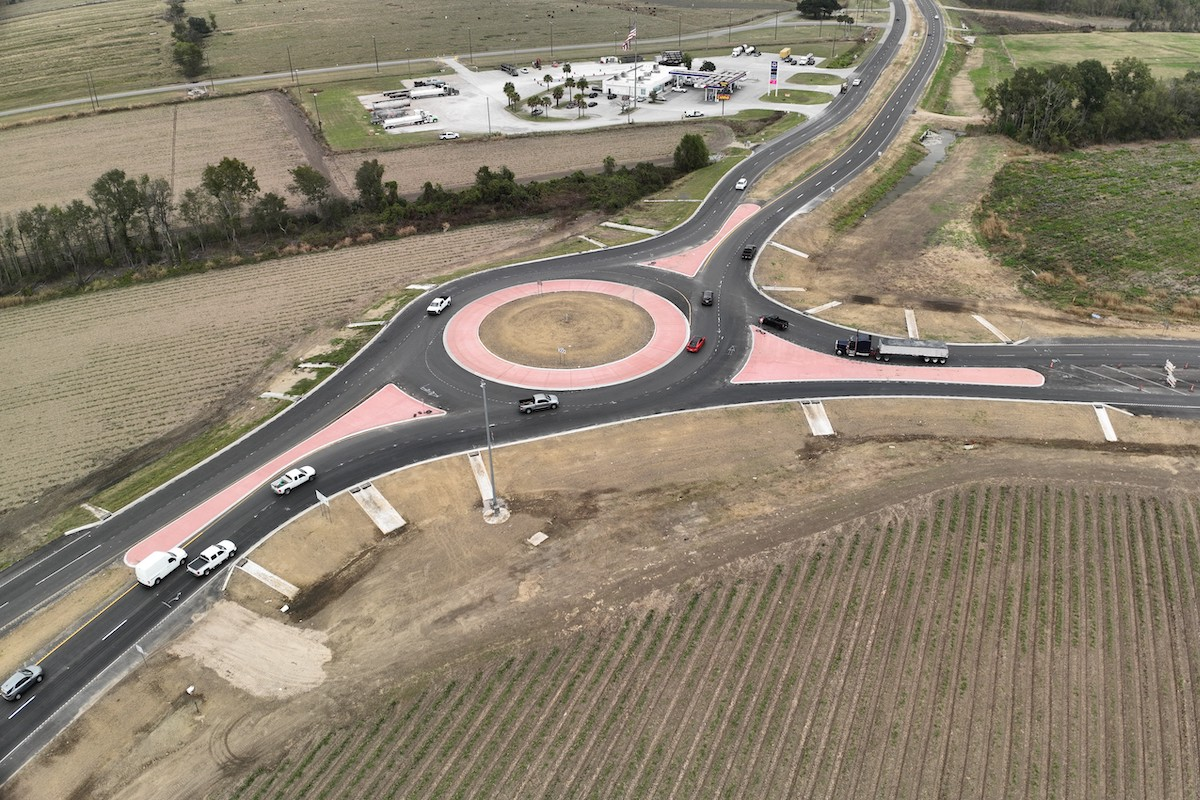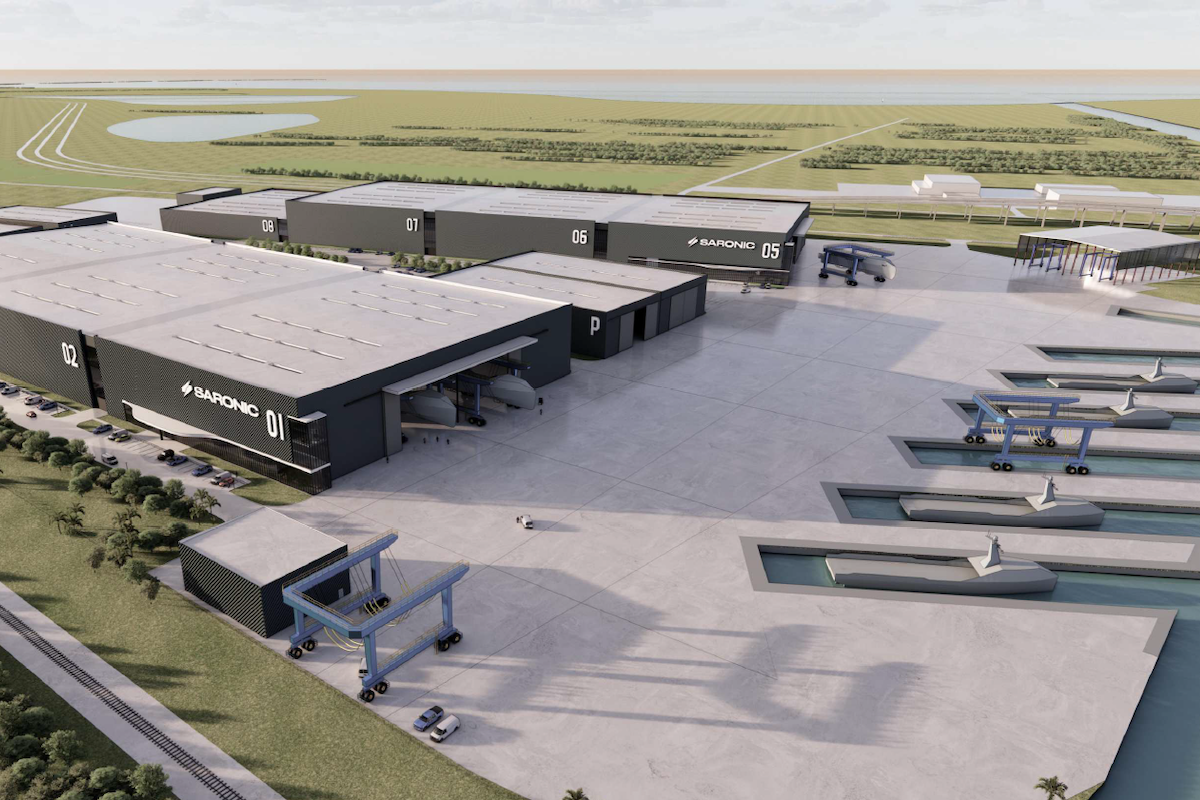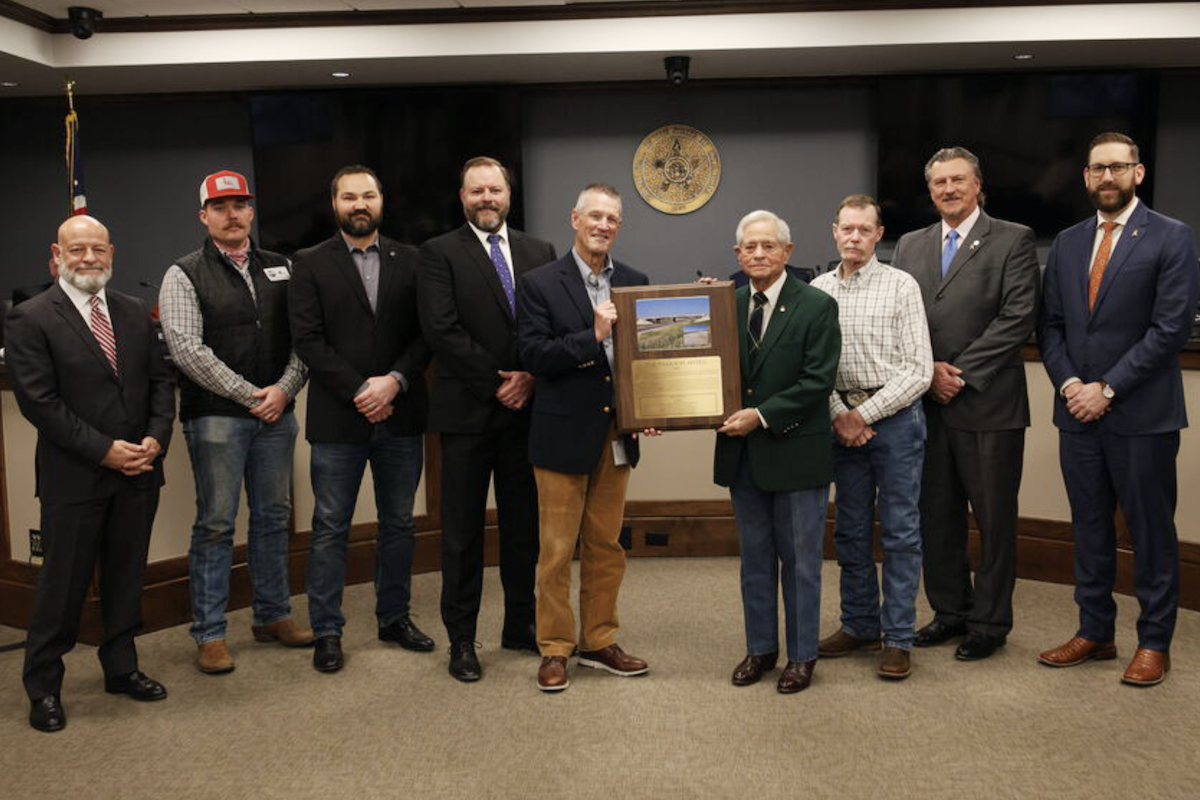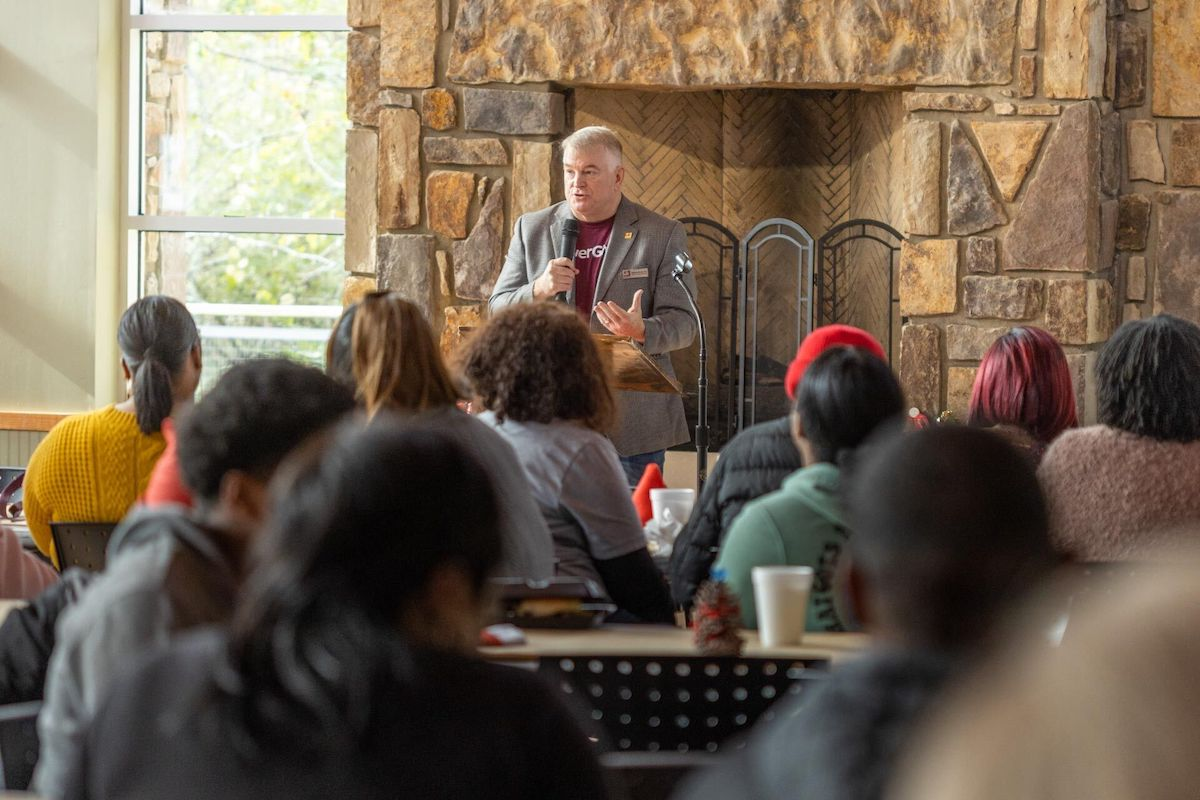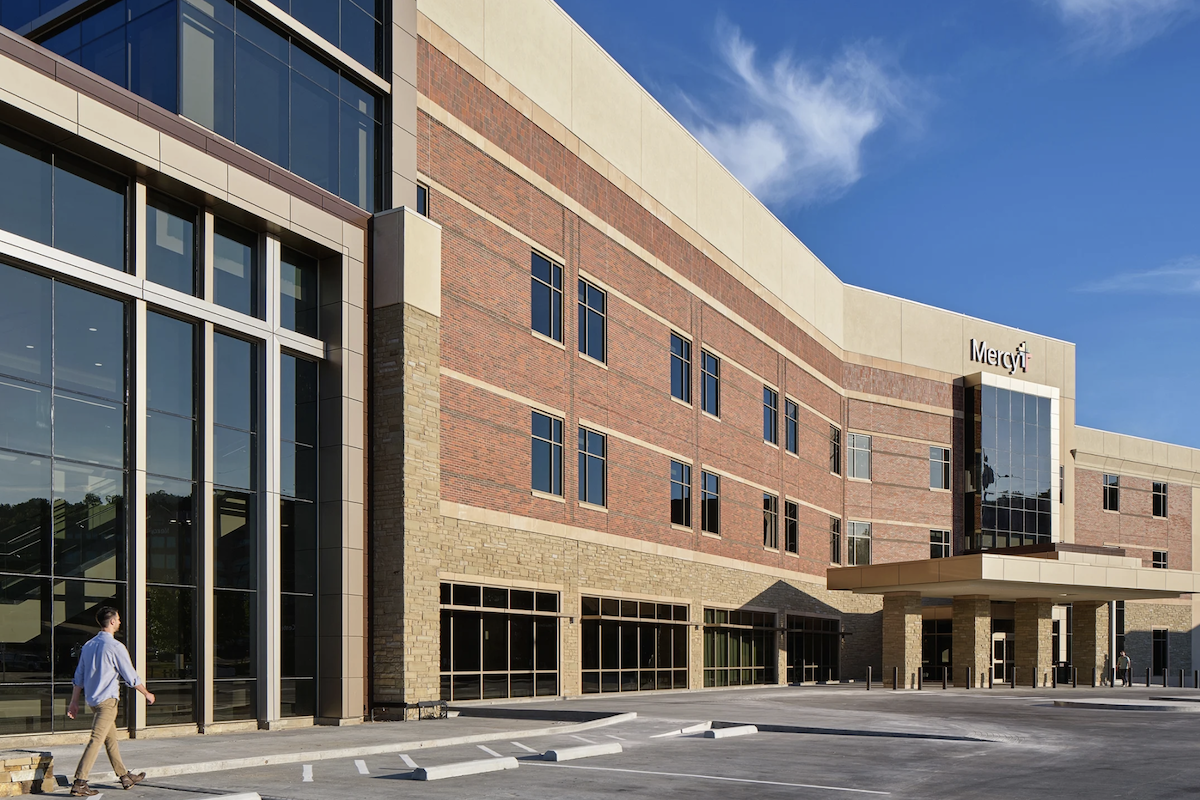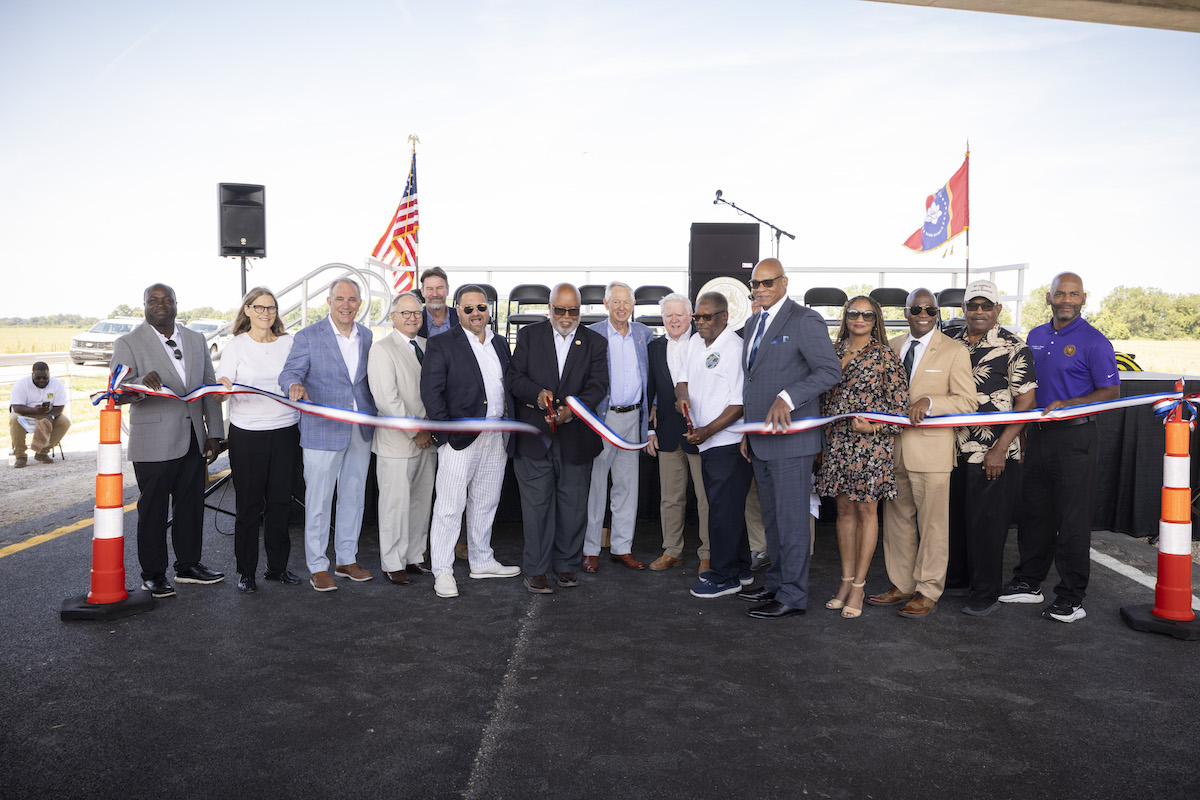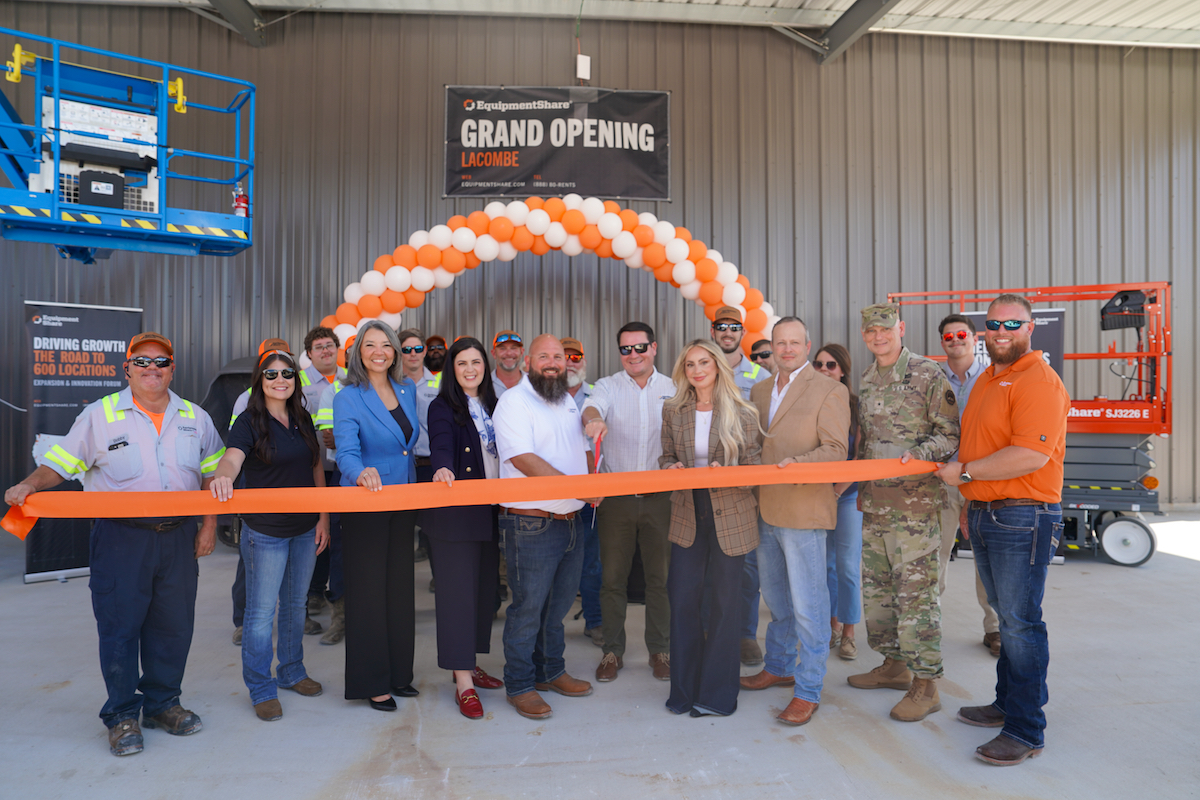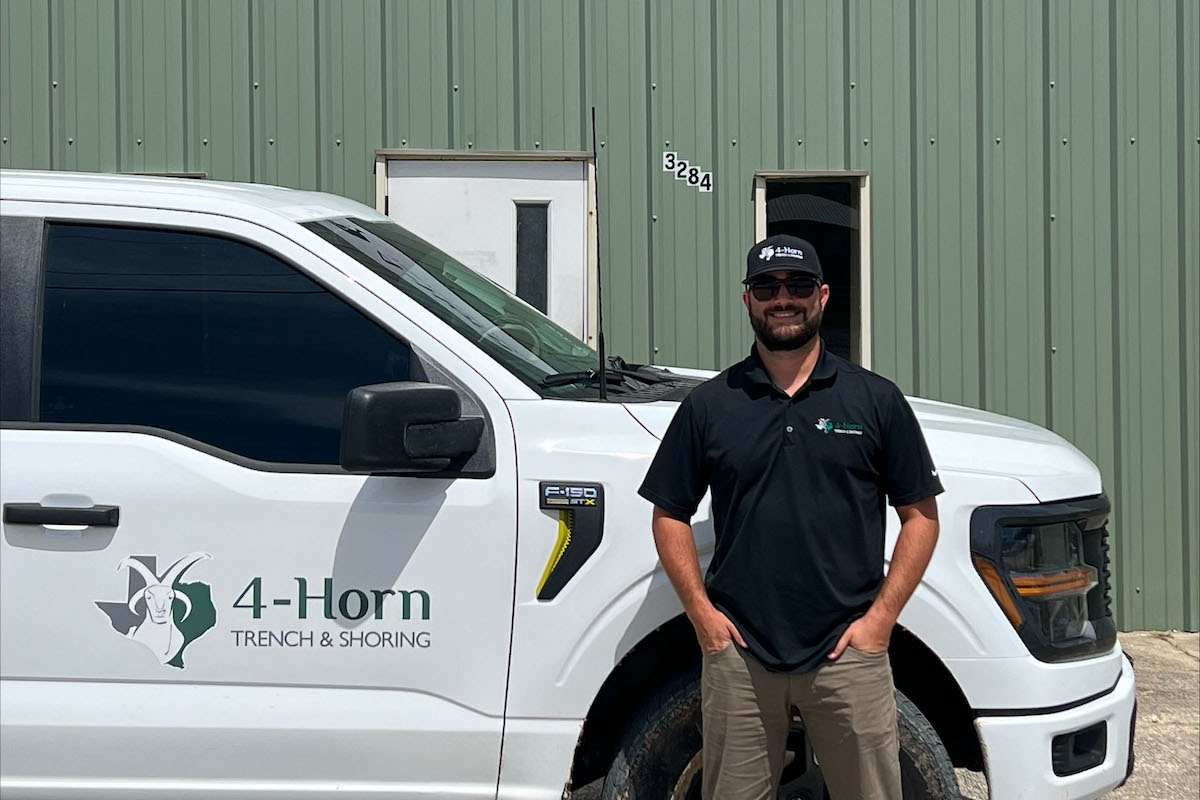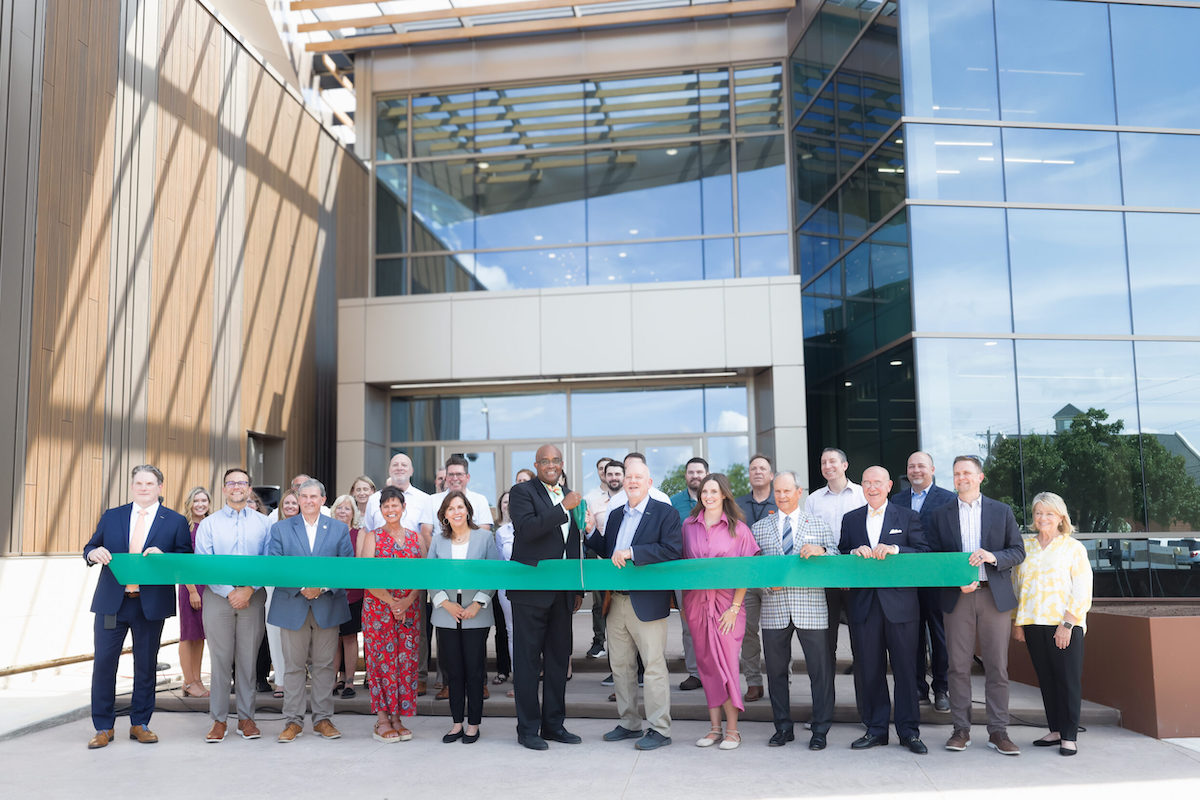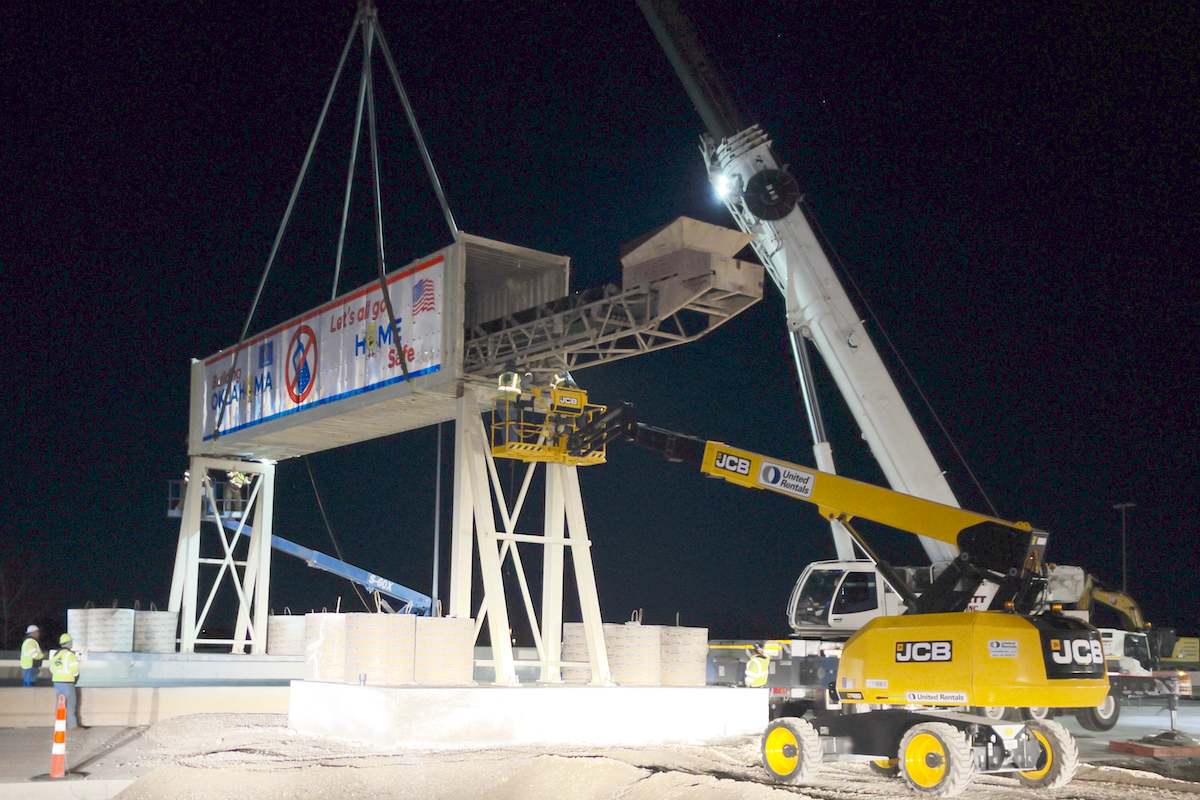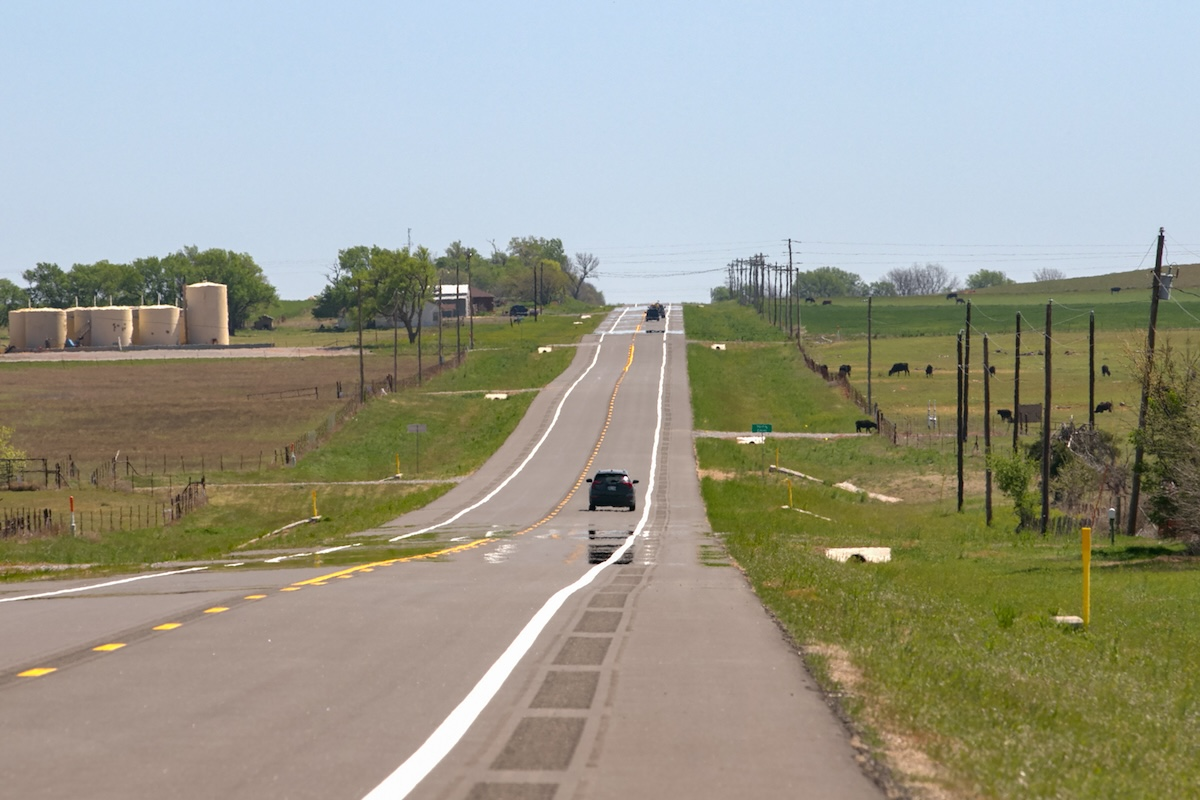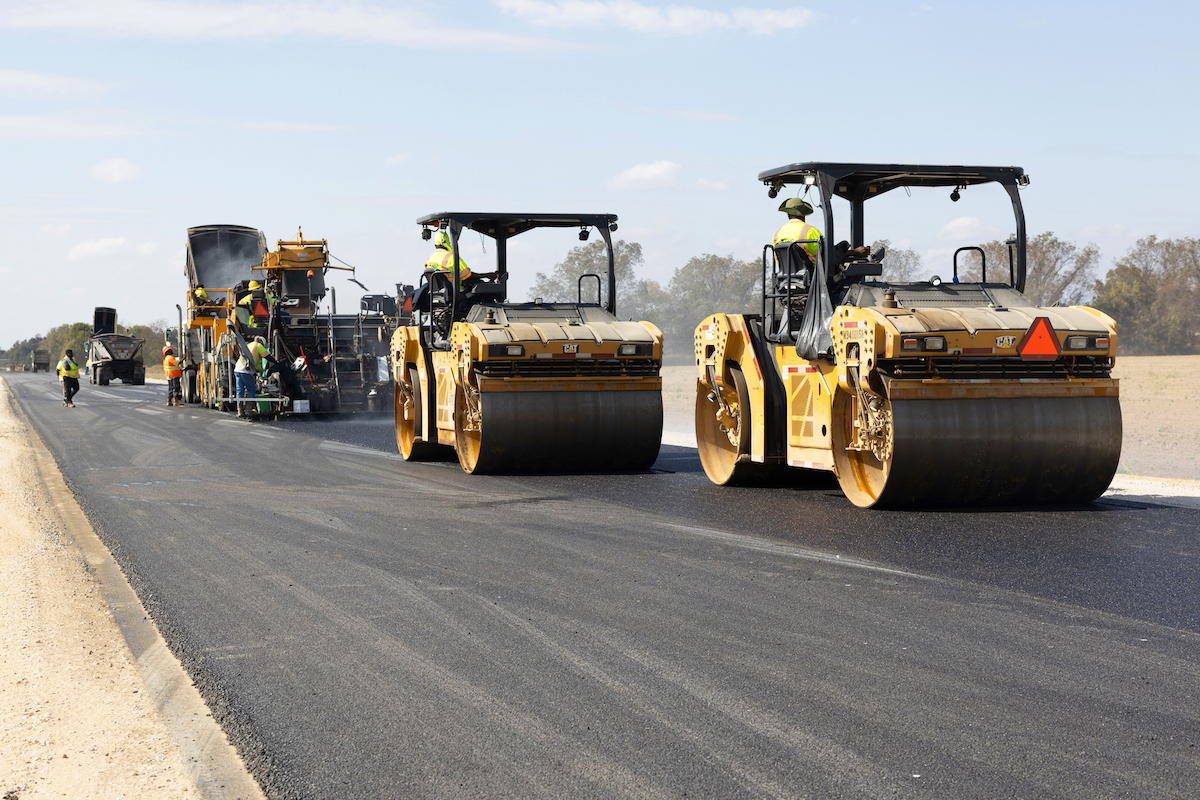This goal is paramount in a place like Michigan, where decades of underinvestment have contributed to crumbling, collapsing, and failing infrastructure across the entire state. Major issues include roadways full of potholes, bridges propped with temporary supports, and closures of lakes, rivers, and beaches due to contamination from raw sewage, E. coli, or other toxins.
Several catastrophes have made national headlines in recent years, including the Flint drinking water crisis, where dangerous levels of lead exposure and waterborne bacteria impacted over 100,000 residents. In Fraser, a sewage line failure 60 feet below ground created a giant sinkhole that temporarily displaced dozens of families. Three houses were ultimately condemned following the collapse of the 11-foot-diameter pipeline, which cost $75 million to repair.
An array of other examples illustrate the widespread problems caused by repeated deferred maintenance and poor planning to meet the evolving demands of a 21st century infrastructure network. Fortunately, there are those who rise to the challenge of finding long-lasting solutions rather than settling for inefficient, short-term fixes.
In an effort to enhance the quality of life for all Michiganders, former Governor Rick Snyder commissioned the 21st Century Infrastructure Commission Report, which provides a 50-year vision for improving these aging and deteriorating systems. The 188-page plan, released in November 2016, is the first in the nation to offer comprehensive recommendations across historically siloed asset types – water, transportation, energy, and communications.

| Your local Case Construction Equipment Inc dealer |
|---|
| ASCO Equipment |
Of note, the report indicates that more holistic planning, management, and investment solutions are necessary to achieve a resilient, robust, and adaptive infrastructure system. Researchers also emphasize that public and private partners at all levels must work together to secure more sustainable funding options to address an annual investment gap of nearly $4 billion over the next two decades, which includes an estimated $2.5 billion for roads and bridges and $800 million for water and sewer infrastructure needs.
Among the various services provided to its members, MITA acts as a legislative advocate seeking to improve all of Michigan’s infrastructure, portions of which are between 50 and 100 years old. According to MITA’s Executive Vice President Mike Nystrom, some of these systems even date back to the early 1900s.
“When it was originally formed, MITA’s first priority was to develop a campaign to get our state elected officials to increase transportation funding here in Michigan,” says Nystrom, who is also a registered lobbyist. “That campaign literally took 10 years before the legislature ultimately passed what was still an inadequate package,” he explains, alluding to a roadway funding bill passed in November 2015. Though $1.2 billion in annual revenue was added to the state budget, it still falls short of the $2.5 billion needed to fix Michigan’s roads and bridges for the foreseeable future.
Originally, the state Legislature approved an infrastructure package in late 2014 that would have delivered higher levels of funding by eliminating the state sales tax on motor fuels – which provides revenue for the School Aid Fund and local governments – and supplementing those programs by increasing the general state sales/use tax from 6 to 7 percent. However, the special ballot measure failed to pass in May 2015, and was later purported by many voters and lawmakers as being too convoluted to understand, according to findings by the American Road & Transportation Builders Association.
“What that campaign taught us was that we can’t educate the public and elected officials on an emergency basis,” Nystrom says. “We discovered that a deeper comprehension of pressing issues would take more of a long-term type of educational program.” After dedicating significant time and effort into researching citizens’ perceptions and beliefs about infrastructure, MITA concluded that most individuals lacked in-depth knowledge of the complex dilemmas facing the state.

| Your local Hitachi dealer |
|---|
| CLM Equipment Co |
Still, people generally recognized the pervasive and frustrating problems and wanted to remedy them. “Infrastructure – roads and bridges and protecting our water resources – has been a No. 1 priority in public opinion polls here in Michigan in recent years. It has ranked higher than education, even going above jobs in the economy,” Nystrom comments.
“Our roads are known to be some of the worst in the nation,” he adds, pointing to one of the most common pain points in both urban and rural areas of the state. “A lot of folks joke that we have a fifth season here in Michigan,” he remarks facetiously. “We have summer, fall, winter, pothole season, and then spring.”
Inevitably, the gap in funding will prolong the cycle of insufficient upkeep of roads and other infrastructure assets. This, in turn, increases the occurrence of short-term repairs as well as the likelihood of costly emergency repairs. For instance, most of the highway work performed by the Michigan Department of Transportation (MDOT) over the past decade has focused on resurfacing due to dwindling transportation funding and skyrocketing costs for repair materials. Resurfacing costs about $100,000 per mile and lasts an average of four to nine years because only the top 1-2 inches of pavement are replaced, leaving deteriorating pavement and roadbed beneath it. In comparison, full reconstruction costs about $1.5 million per mile, but provides a better quality and more durable fix of 30-plus years with ongoing maintenance.
Continued budget deficits also escalate safety risks for the public. To illustrate this point, Nystrom mentions the “plywood diapers,” referred to as plywood deck by MDOT, used underneath freeway bridges to keep the crumbling concrete from smashing into drivers’ windshields. “It is a grim example of how far we are falling behind in the maintenance of our investments here in Michigan,” he states.
He likens the campaign to a three-spoked wheel that requires multiple facets of support to set change into motion. “We feel that we need to educate the public because ultimately the public helps to put pressure on elected officials. Those are two of the spokes. The third is the media. You have to have reporters who understand the issue, know where the funding comes from, and what solutions will really work,” he explains. During the heat of any political debate about roadway funding or infrastructure issues, Nystrom and his colleague Lance Binoniemi, who is MITA’s Vice President of Government Affairs, will do 10 to 15 interviews with the media per week.

| Your local Komatsu America Corp dealer |
|---|
| WPI |
| Kirby-Smith Machinery |
The FixMIState website is also another go-to resource to keep people informed. It features recent news, links to relevant studies, in-depth descriptions of Michigan’s infrastructure woes, and a legislative directory encouraging people to contact lawmakers to demand action. The FixMIState program also has a strong social media presence, circulating videos, infographics, and informative posts across various platforms to shed light on the state’s extensive infrastructure challenges.
An array of organizations representing business, government, and policy stakeholders have stepped up to support the FixMIState crusade. “There have been over 80 organizations that we’ve worked with over the years, including the Michigan Chamber of Commerce and labor unions such as the Michigan Laborers’ District Council,” Nystrom says. “They are great partners of ours and we’re proud to have such a diverse group of supporters.”
Nystrom adds that Martin Waymire, a public relations firm based in Lansing, Michigan, has been instrumental in helping to coordinate this multifaceted public awareness initiative, which is 100 percent funded by MITA.
“We’ve been successful in helping the legislature and other government leaders focus on infrastructure,” Nystrom adds. “Governor Snyder created the 21st Century Infrastructure Commission, which really focused on all facets of infrastructure across the state. Since then, Governor Gretchen Whitmer has made fixing our roads a huge priority. Just prior to the COVID-19 situation, she enacted a $3.5 billion bonding initiative that is planned to be disbursed over the course of five years. It would make a significant dent in roadway infrastructure needs.”
He continues, “We’re making significant progress in asset management as well. We have great leaders at MDOT and have worked very closely with our partners there, including current Director Paul Ajegba and previous Director Kirk Steudle, who are both considered international leaders on the asset management concept. Through the 21st Century Infrastructure Commission, we were able to press the concept of asset management that is now migrating to underground infrastructure.”

| Your local Yanmar dealer |
|---|
| CLM Equipment Co |
| WPI |
House Bill 5335, sponsored by state Rep. Rob VerHeulen and enacted in July 2018, created the Michigan Infrastructure Council (MIC), which is tasked with overseeing a statewide asset management database and implementing an effective data collection strategy. In February, the MIC released a new tool called the Asset Management Readiness Assessment Scale to help infrastructure owners understand, measure, and advance their asset management proficiencies.
“For the first time ever, this tool will enable infrastructure owners across the state to produce consistent asset management metrics,” says MIC Chairperson John Weiss. “Having that data is really exciting because it not only gives us insight into our current capabilities, but also enables us to set target goals for improvement and provides a mechanism for a systematic statewide reassessment.”
Ultimately, the MIC hopes the scale will help shift Michigan’s infrastructure focus from a reactive response toward strategic long-term asset management. “We feel the collection of data is moving forward very well, and we will start to see good information come out of the council in the very near future,” Nystrom notes.
Even with funding interventions and steady improvements across the board, experts predict it will be decades before all of the state’s infrastructure is up to par with the latest design and construction standards. Despite the long road ahead, Michigan appears to be moving in the right direction.
“One-time funding hits are always appreciated,” Nystrom says, “but it is very difficult for the industry to do proper planning, employee training, and equipment purchasing with this type of investment. Long-term, sustainable funding is what we’re searching for, and what we think is best for the tax-paying public. Roads, bridges, water, sewer – it’s helpful to have adequate, consistent funding at all levels – and we’ll continue to fight for that.”

| Your local NPK Construction Equipment Inc dealer |
|---|
| WPI |













